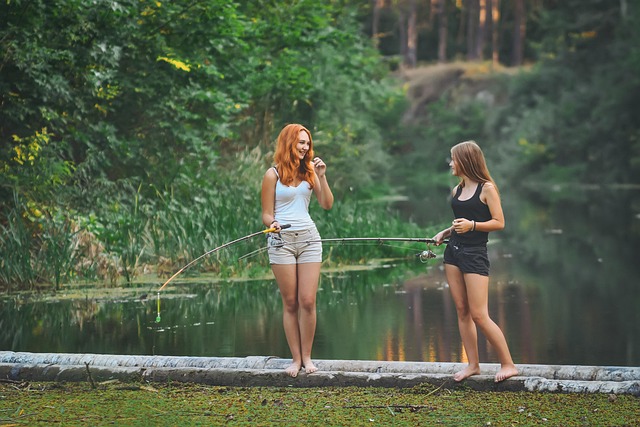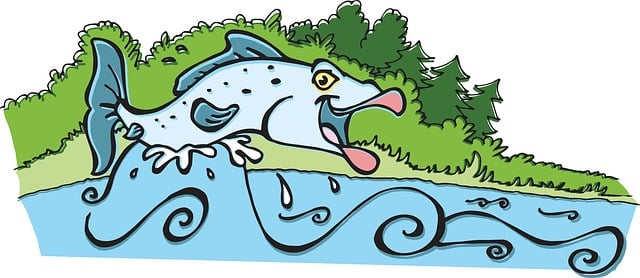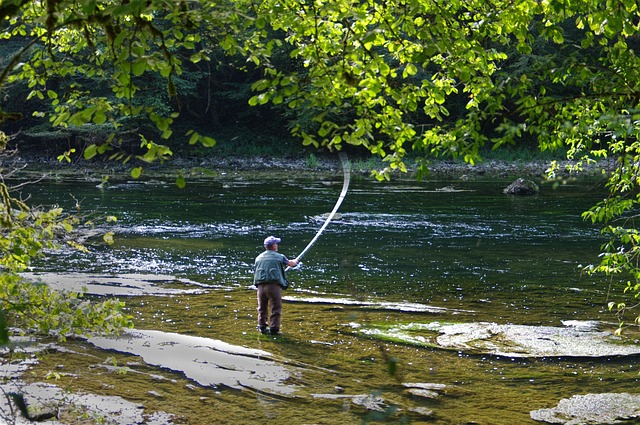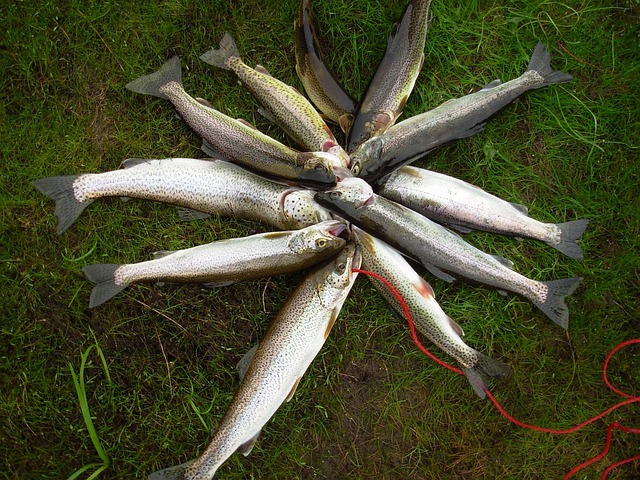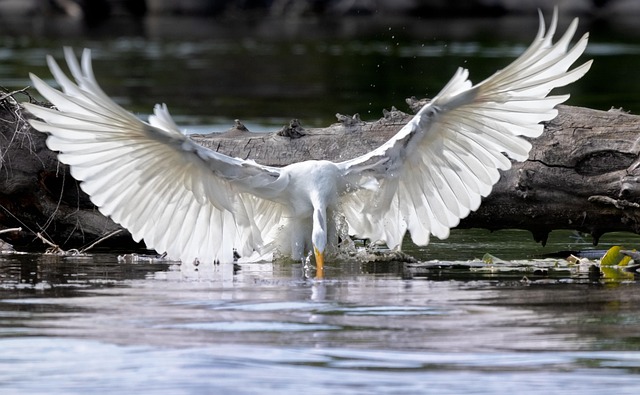The McKenzie River offers a diverse fishing experience with various trout, salmon, and bass species, but adhering to local regulations, including size limits and catch-and-release policies, is crucial for preserving its rich biodiversity. The river caters to all skill levels, from fly fishermen exploring ancient groves to spin anglers targeting multiple species using different techniques. Collaborative conservation efforts among anglers, tour operators, and authorities ensure the river's long-term health and maintain its reputation as a premier fishing destination.
Discover the pristine beauty of the McKenzie River and its abundant fishing opportunities with our comprehensive guide. From uncovering the best spots to understanding local regulations, this article is your ultimate companion for an unforgettable fishing tour. Explore a diverse range of fish species, learn various techniques, and delve into the art of fly fishing on this renowned river. Plus, discover how conservation efforts have enhanced the McKenzie River’s ecological balance, making it a premier destination for anglers.
- Uncovering the Best McKenzie River Fishing Spots
- A Diverse Range of Fish Species in the McKenzie River
- Exploring Different Fishing Techniques for the McKenzie River
- Understanding and Adhering to Local Fishing Regulations
- The Art of Fly Fishing on the McKenzie River
- Conservation Efforts and Their Impact on McKenzie River Fishing
Uncovering the Best McKenzie River Fishing Spots

Unveiling the best McKenzie River fishing spots involves understanding the diverse range of fish species that inhabit its waters. The McKenzie River, renowned for its pristine beauty and rich biodiversity, is home to a variety of trout, salmon, and other game fish. Anglers can enjoy catching species like rainbow trout, cutthroat trout, brown trout, and even bass during their visits. Knowing the specific areas where these fish gather based on seasonal changes and water conditions is key to maximizing fishing success.
Exploring different fishing techniques tailored for the McKenzie River environment enhances the overall experience. Fly fishing enthusiasts will find numerous spots where the gentle float of a fly can entice eager bites from hungry trout. In contrast, spin anglers can target deeper pools and runs using spinners, plugs, or jigs to catch larger species like bass or salmon during their migration runs. Adhering to local fishing regulations, such as size limits and catch-and-release policies, is crucial for the conservation of these valuable fish populations and ensures future generations can also enjoy this remarkable resource.
A Diverse Range of Fish Species in the McKenzie River

The McKenzie River boasts a diverse array of fish species, attracting anglers from all over. This rich biodiversity is due to the river’s varied habitat, ranging from shallow runs and riffles to deep pools and swift currents. Anglers can expect to find trout, salmon, bass, and even sturgeon depending on the season and location along the McKenzie. The most popular among these are rainbow trout, cutthroat trout, and Pacific salmon, which make up a significant portion of catches.
McKenzie River fishing spots offer a unique experience with their mix of traditional fishing techniques and modern innovations. Fly fishing is particularly effective in many sections of the river due to the clear waters and abundant insects. Anglers can also utilize spin casting and trolling for various species, while certain areas allow for bank fishing or boat access. It’s crucial to be aware of and adhere to McKenzie River fishing regulations, which are designed to protect these valuable resources and ensure a sustainable future for both fish populations and the sport itself, fostering a positive impact on the river’s fishing conservation efforts.
Exploring Different Fishing Techniques for the McKenzie River

The McKenzie River offers a diverse range of fishing experiences, catering to anglers who appreciate both the challenge and tranquility of nature. Exploring different techniques is key to unlocking the river’s secrets. For instance, fly fishing enthusiasts will find numerous hidden spots where the current whispers through ancient alder groves, providing prime habitat for trout and salmon. Techniques like dry flying and nymphing allow anglers to target these species effectively while enjoying the serene beauty of the river.
Beyond traditional methods, the McKenzie River also presents opportunities for spin anglers and those interested in conservation. The river is home to various fish species, including rainbow trout, steelhead, and even bass. Utilizing a variety of baits and spins can attract these creatures, offering exciting catches. Moreover, understanding and adhering to local fishing regulations is vital for the river’s long-term health. Anglers should be mindful of seasonality, size limits, and catch-and-release guidelines to ensure the sustainability of the McKenzie River’s abundant fish populations.
Understanding and Adhering to Local Fishing Regulations
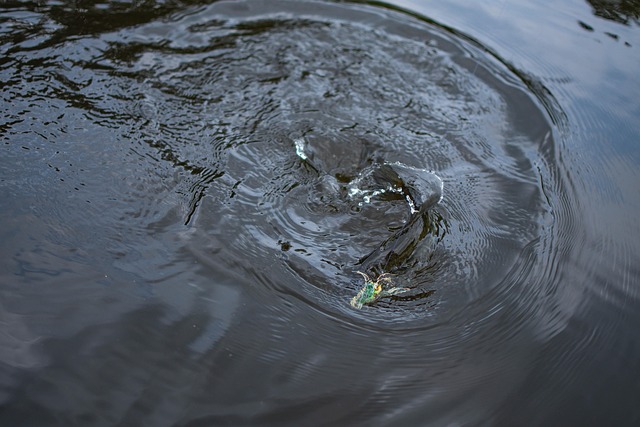
When planning a trip to the McKenzie River for fishing, understanding and adhering to local fishing regulations is paramount. These rules are designed to protect the region’s rich biodiversity, ensure sustainable fishing practices, and preserve the renowned quality of the river’s fish species. The McKenzie River is home to various fish, including trout, salmon, and other prized catches. Each species has specific regulations regarding size limits, catch quotas, and permitted fishing methods. For instance, some areas may allow only fly fishing or restrict the use of certain types of gear to protect sensitive habitats.
McKenzie River fishing conservation is a shared responsibility among anglers, tour operators, and local authorities. Following these regulations not only ensures a healthy ecosystem but also maintains the reputation of the river as one of the top fishing spots in the region. By respecting the rules, visitors can contribute to the long-term accessibility and excellence of these fishing techniques for both experienced anglers and those seeking memorable trips.
The Art of Fly Fishing on the McKenzie River
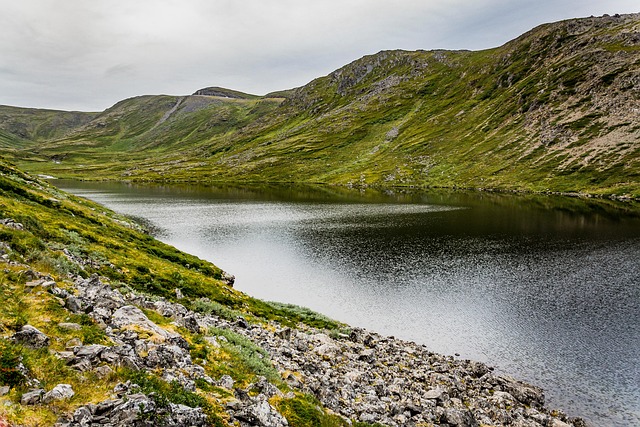
The McKenzie River, known for its pristine waters and lush surroundings, offers an unparalleled experience for fly fishers. This river is a haven for various fish species, including rainbow trout, cutthroat trout, and even salmon during specific seasons. The art of fly fishing on the McKenzie involves a delicate dance between angler and water, where precision casting techniques are honed to present the fly accurately in the current. Anglers can choose from numerous spots along the river, each offering unique challenges and scenic beauty.
McKenzie River fishing regulations are designed to preserve the ecological balance and ensure the sustainability of these fish populations. Fly fishing enthusiasts must be familiar with the rules regarding licenses, catch limits, and protected areas. By practicing responsible fishing techniques and adhering to conservation efforts, visitors can enjoy this sport while contributing to the preservation of the McKenzie River’s remarkable biodiversity.
Conservation Efforts and Their Impact on McKenzie River Fishing
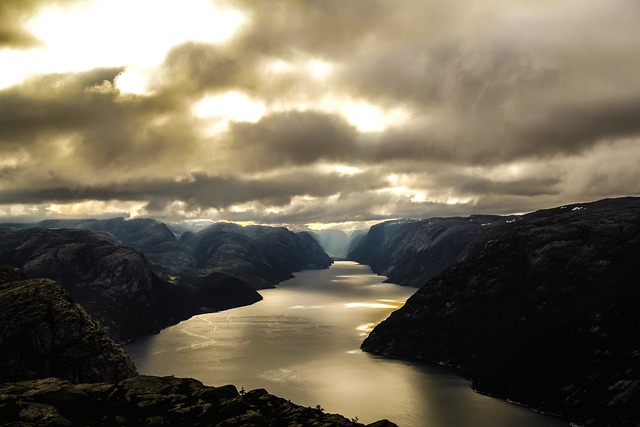
The scenic McKenzie River, renowned for its breathtaking beauty and diverse wildlife, is also a hotspot for anglers seeking exceptional fishing experiences. However, the health of this precious ecosystem has been a growing concern among conservationists and enthusiasts alike. In response, various conservation efforts have been initiated to ensure the sustainability of both the river’s environment and its abundant fish species.
These initiatives focus on several key areas, including habitat restoration projects aimed at improving water quality and creating ideal breeding grounds for native fish populations. By implementing strict fishing regulations, such as size limits and catch-and-release policies, anglers are encouraged to practice sustainable fishing techniques. The McKenzie River’s diverse fish species, ranging from rainbow trout to steelhead, benefit from these conservation measures, allowing their populations to thrive while offering anglers a chance to witness the river’s natural beauty up close.








